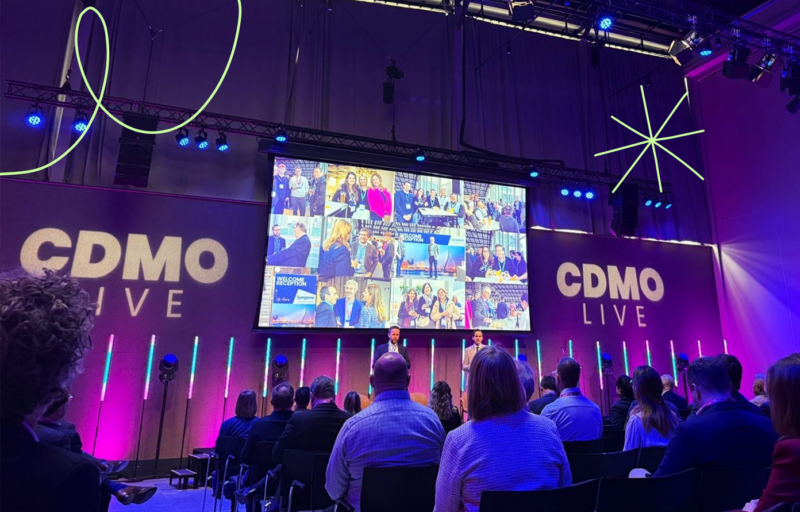blog:
Bigger is not always better: Why mid-sized CROs are gaining market share

In recent years, there has been a growing trend among pharma and biotech companies who are articulating a preference for midsize CROs over large CROs.
A recent survey by Worldwide Clinical Trials found that pharma and biotech companies are currently favoring mid-sized CROs as sponsors are more motivated to have a partner that offers “transparent communication, responsiveness, flexibility, and proactive personalized attention”. When it comes to price, almost 80% of those surveyed believe that the large CRO ‘one-stop-shop’ offering is no longer a cost-effective model for them to buy into.
As stated in the Clinical Trials Arena article, “There is due to be a shift of 41% to 46% (net gain of 5%) from large to midsize CROs over the next three years”. This presents a huge opportunity for mid-sized CROs to make the most of positive perceptions and gain market share.
What are some drivers of this change in attitude?
Increasingly complex clinical trials: Clinical trials have become increasingly complex in recent years, with more intricate protocols, diverse patient populations, and stringent regulatory requirements. Mid-sized CROs are often better equipped to handle this complexity than large CROs, as they have the flexibility and agility to adapt to changing study protocols and timelines.
Rising cost of clinical trials: Clinical trials have been rising steadily in recent years, making it more important for pharma and biotech companies to find cost-effective solutions. Mid-sized CROs often offer more cost-effective solutions than large CROs, as they have lower overhead costs.
Growing emphasis on patient-centricity: In recent times, there has been a noticeable shift towards a patient-centric approach in the conduct of clinical trials. Mid-sized CROs are often better able to provide patients with a more personalized level of service, ensuring that their needs are met and that the study is conducted to the highest standards.
Increased scrutiny of clinical data: There has been a growing demand from regulators and stakeholders for enhanced transparency and accountability in clinical data. This has resulted in increased scrutiny of such data. Mid-sized CROs are often more transparent and communicative than large ones, which can help pharma and biotech companies meet these demands.
Elevated conversations: Where many smaller emerging biopharma companies are left feeling too small to matter for large CROs, when partnering with mid-sized CROs they are more likely to have regular access to senior-level experts, which can provide greater confidence in the partnership.
The parting line
While there is no doubt that large CROs provide the backbone to outsourced research services in the life sciences space, mid-sized CROs are hot on their trail, gaining popularity due to their ability to manage complex clinical trials cost-effectively, offer patient-focused service, ensure transparency, and provide access to senior-level experts.
Will mid-sized players seize the opportunity before them? It will be interesting to see how this market share shift plays out.
Related news, insight and opinion





